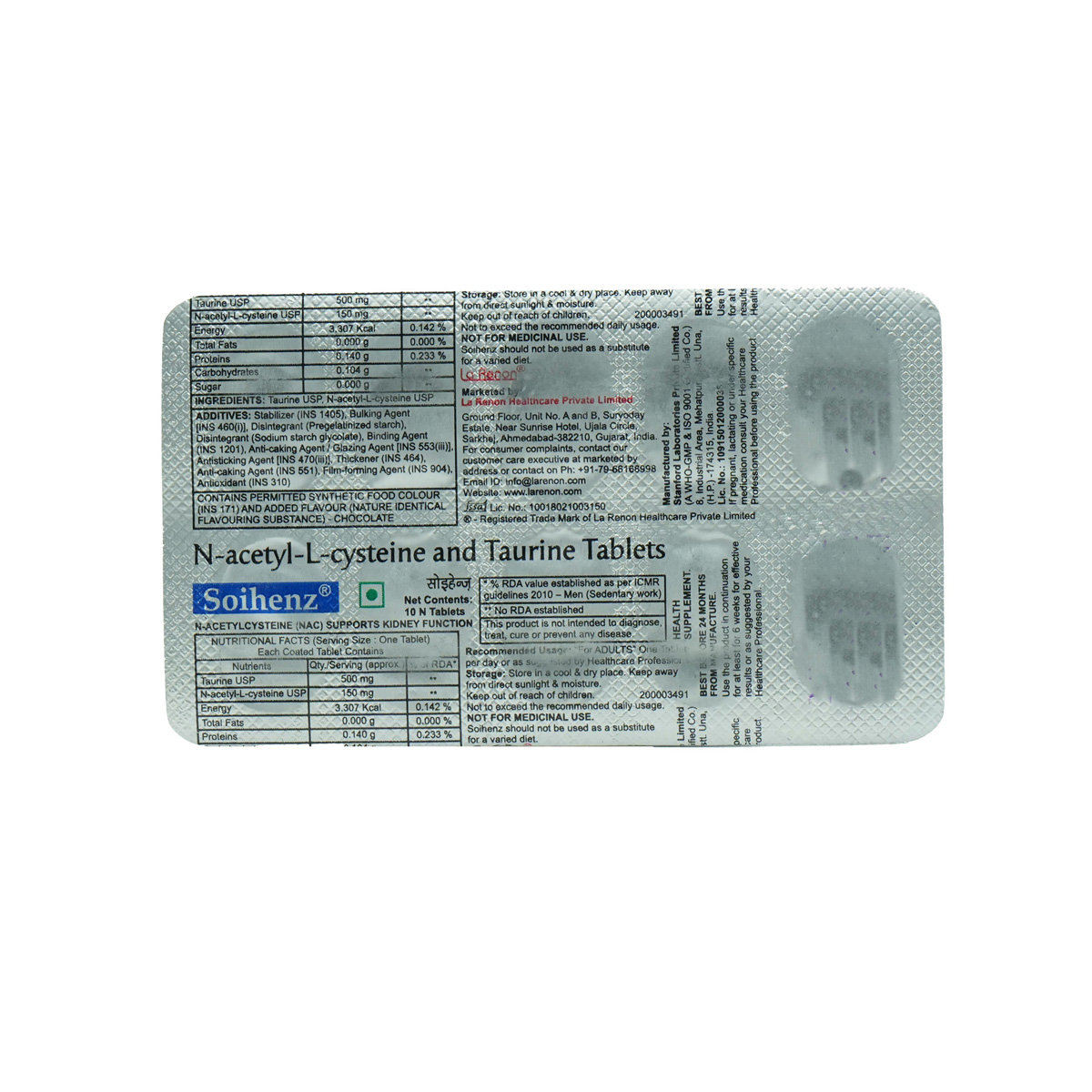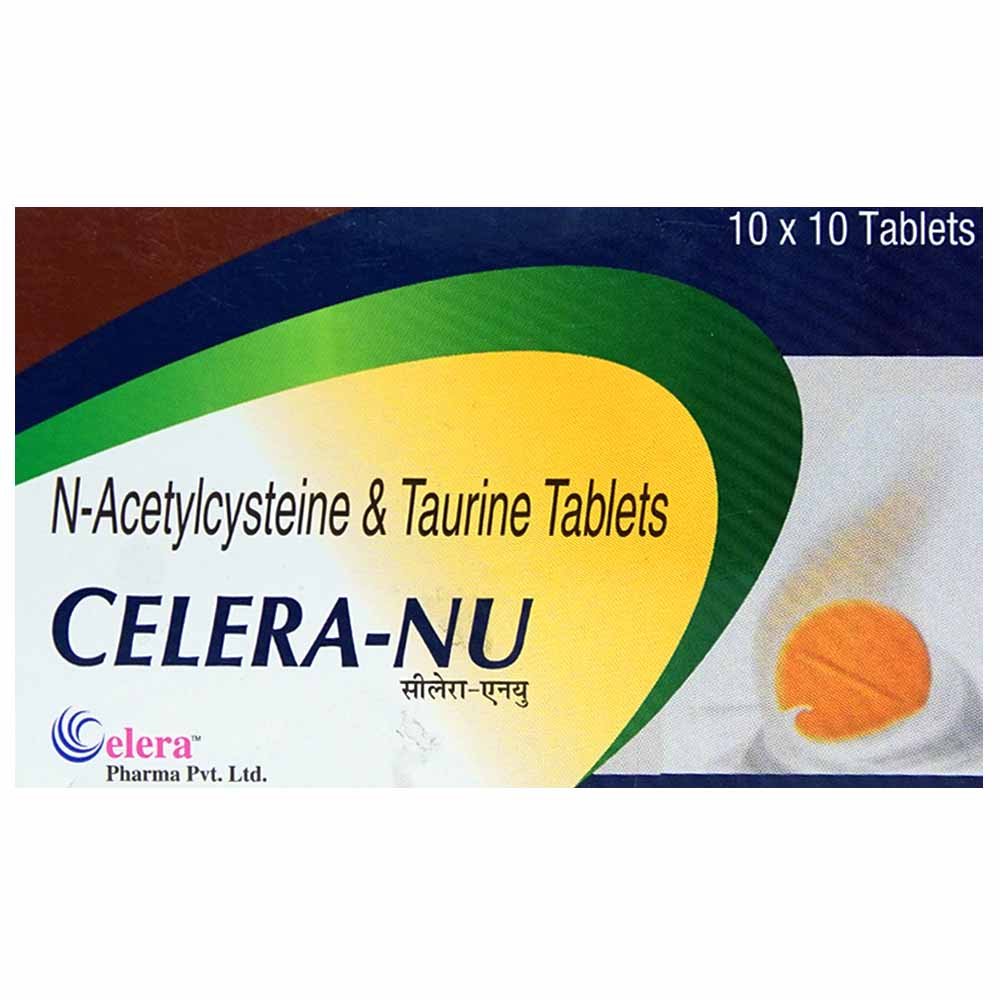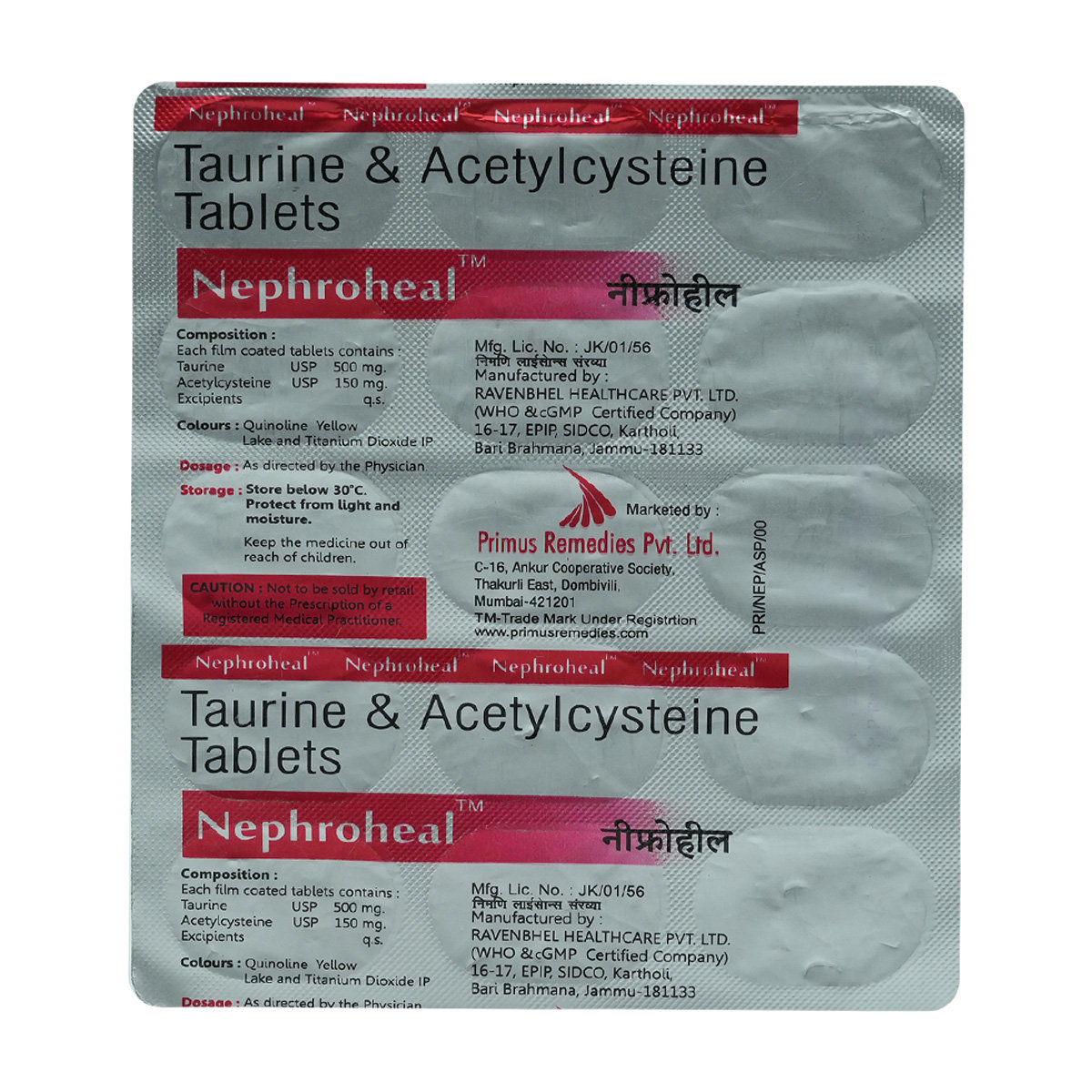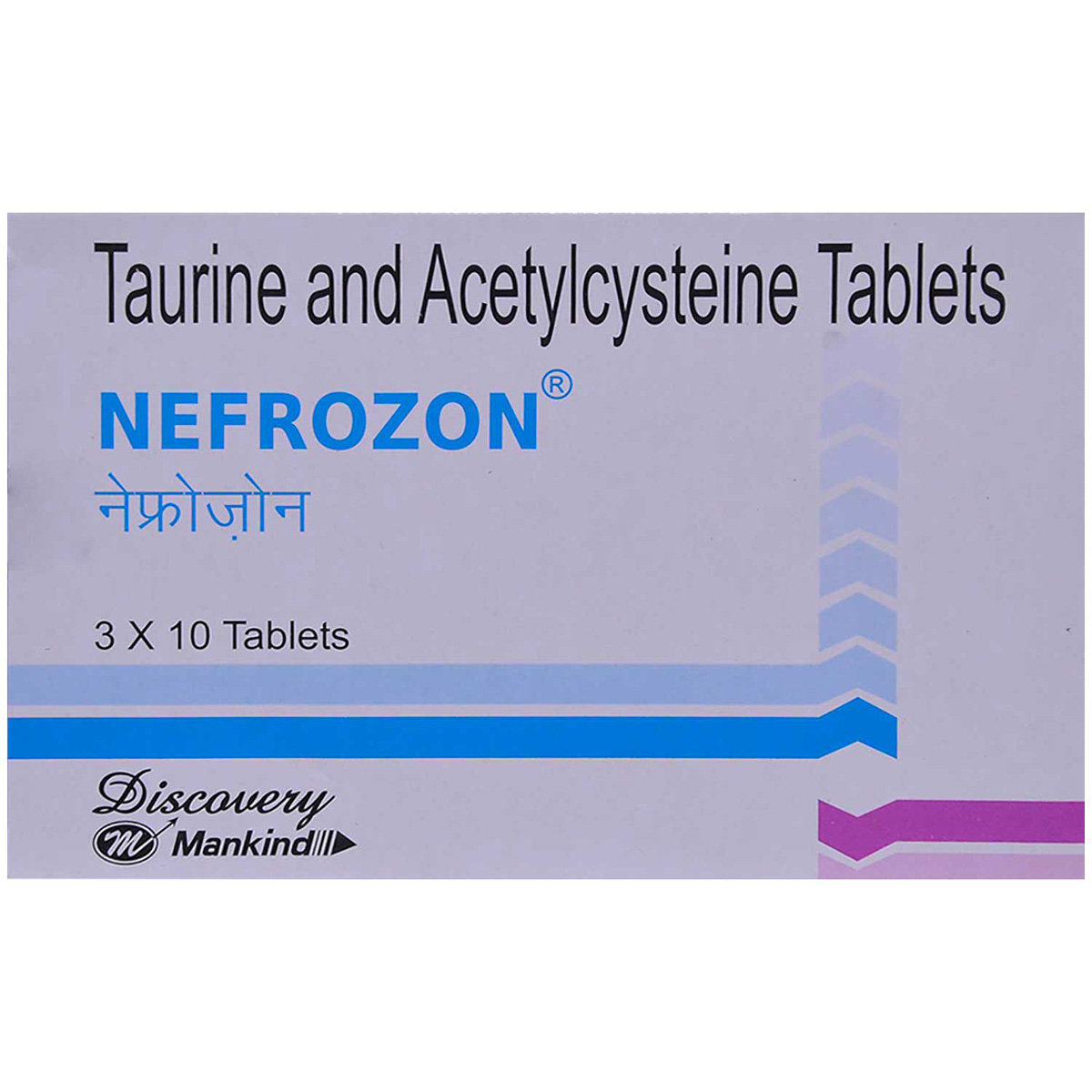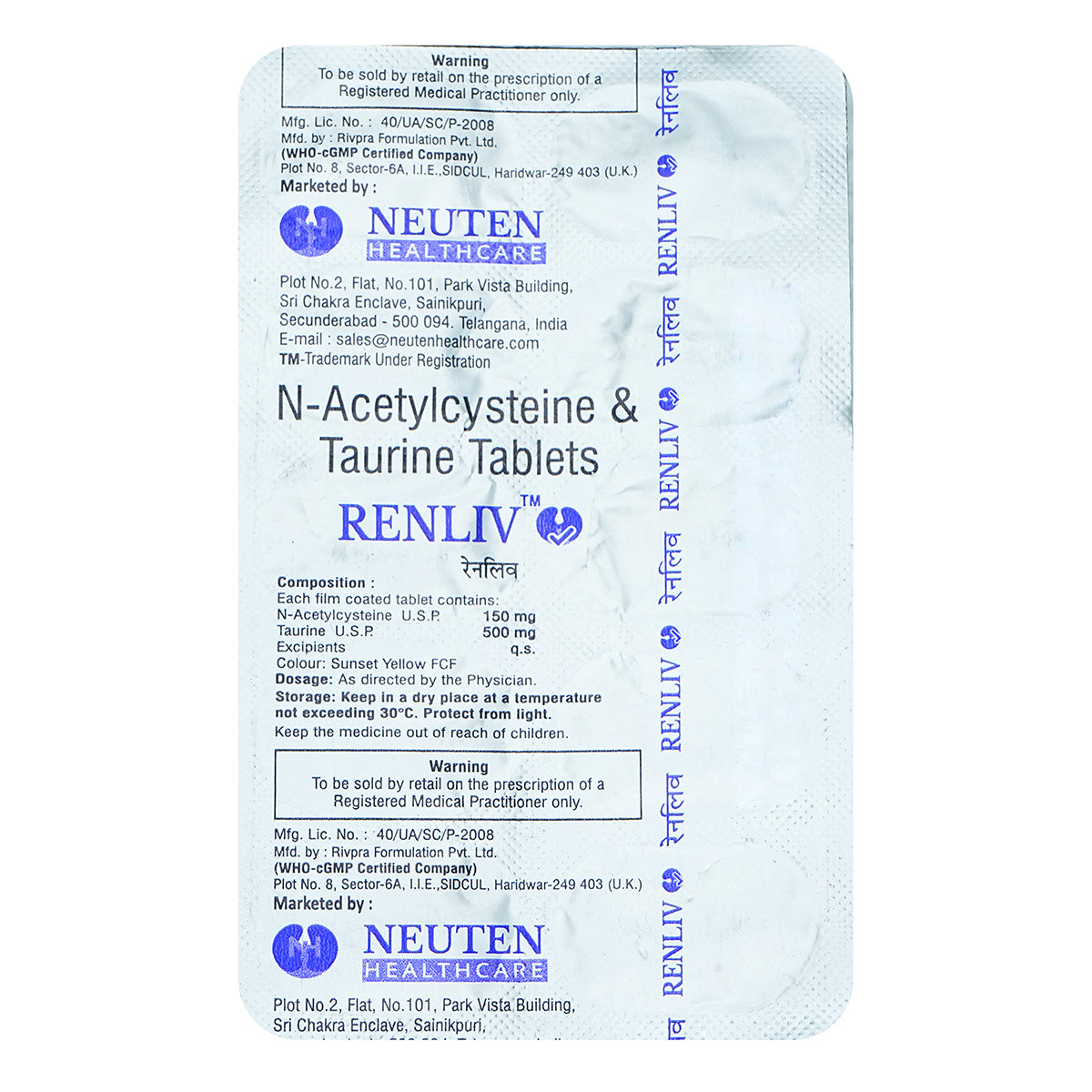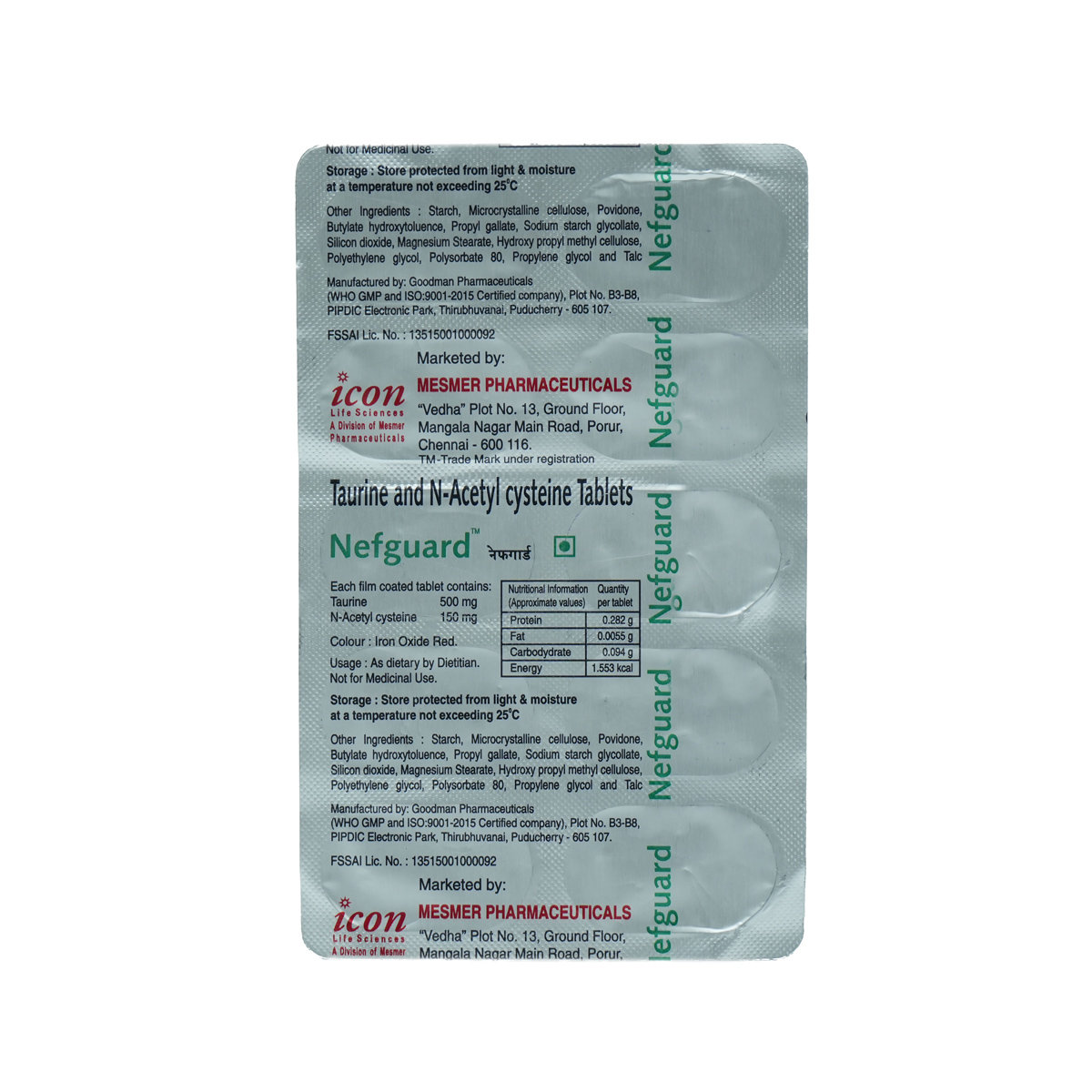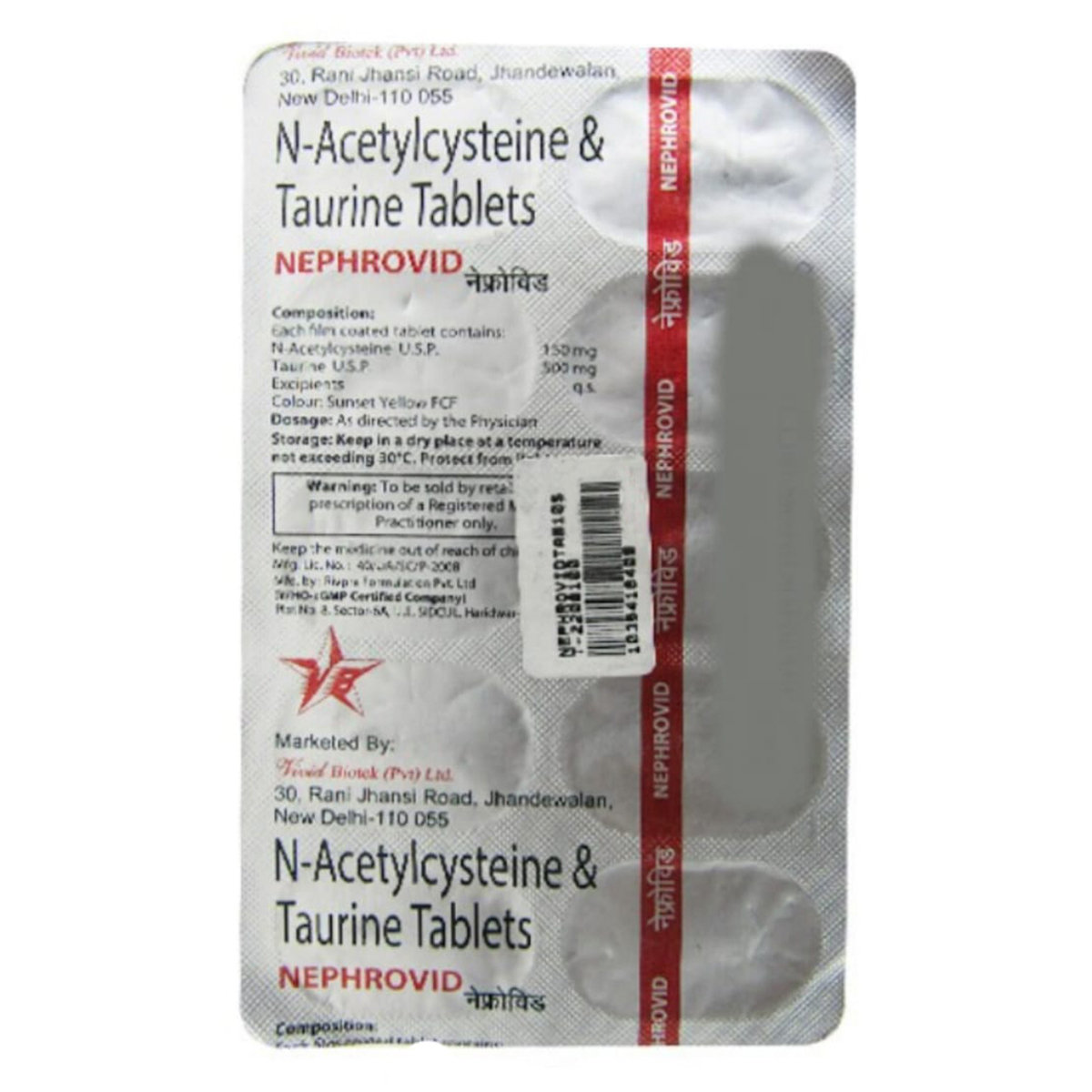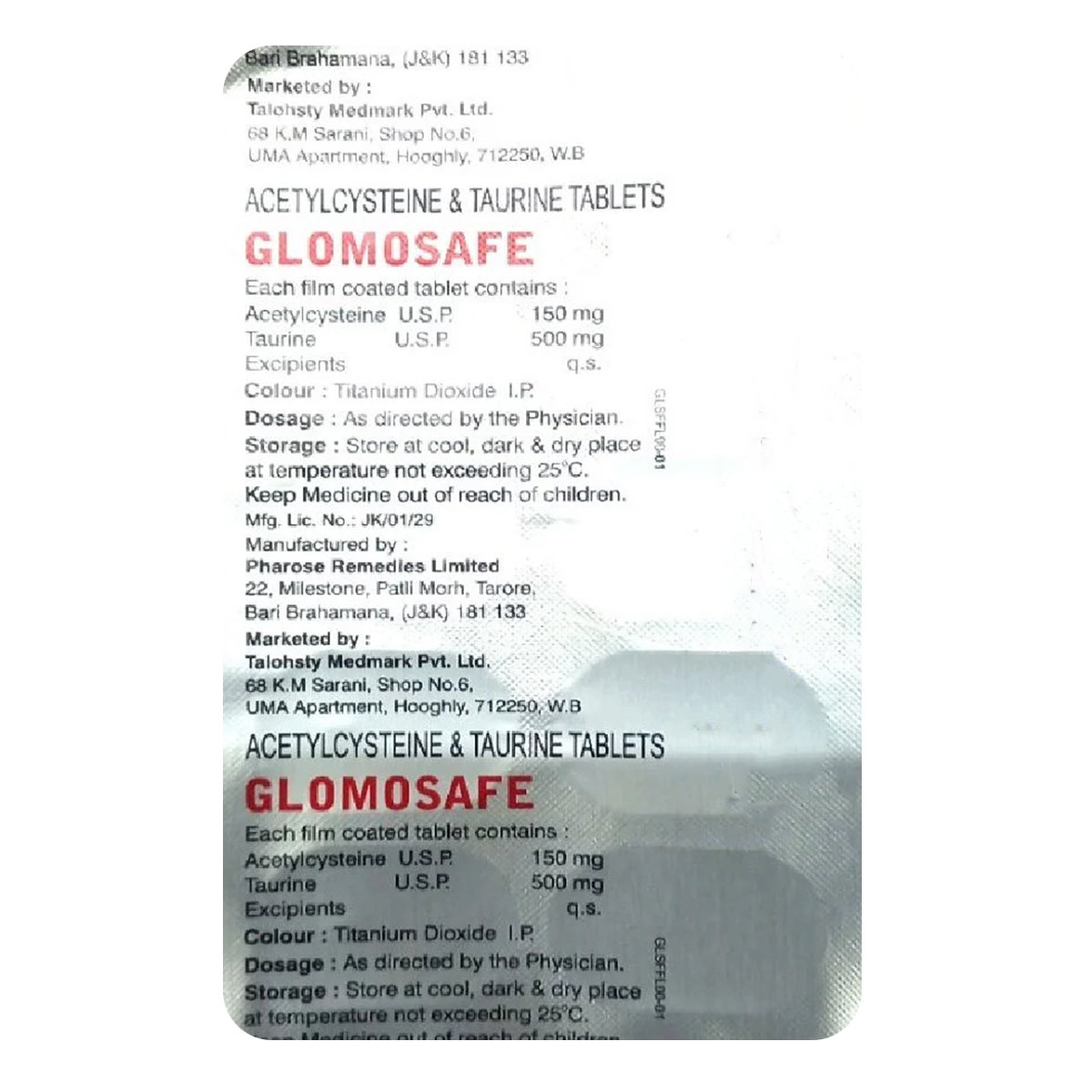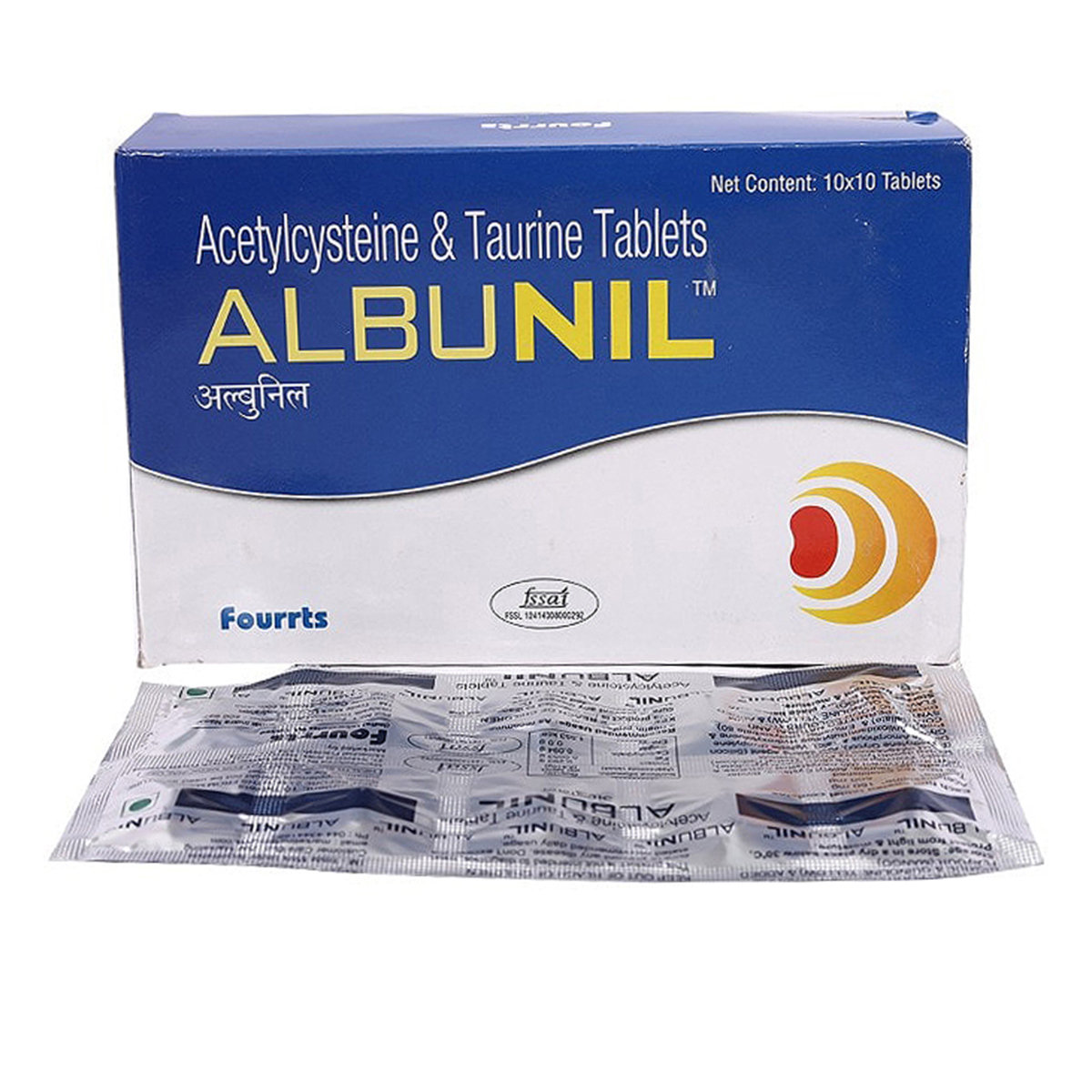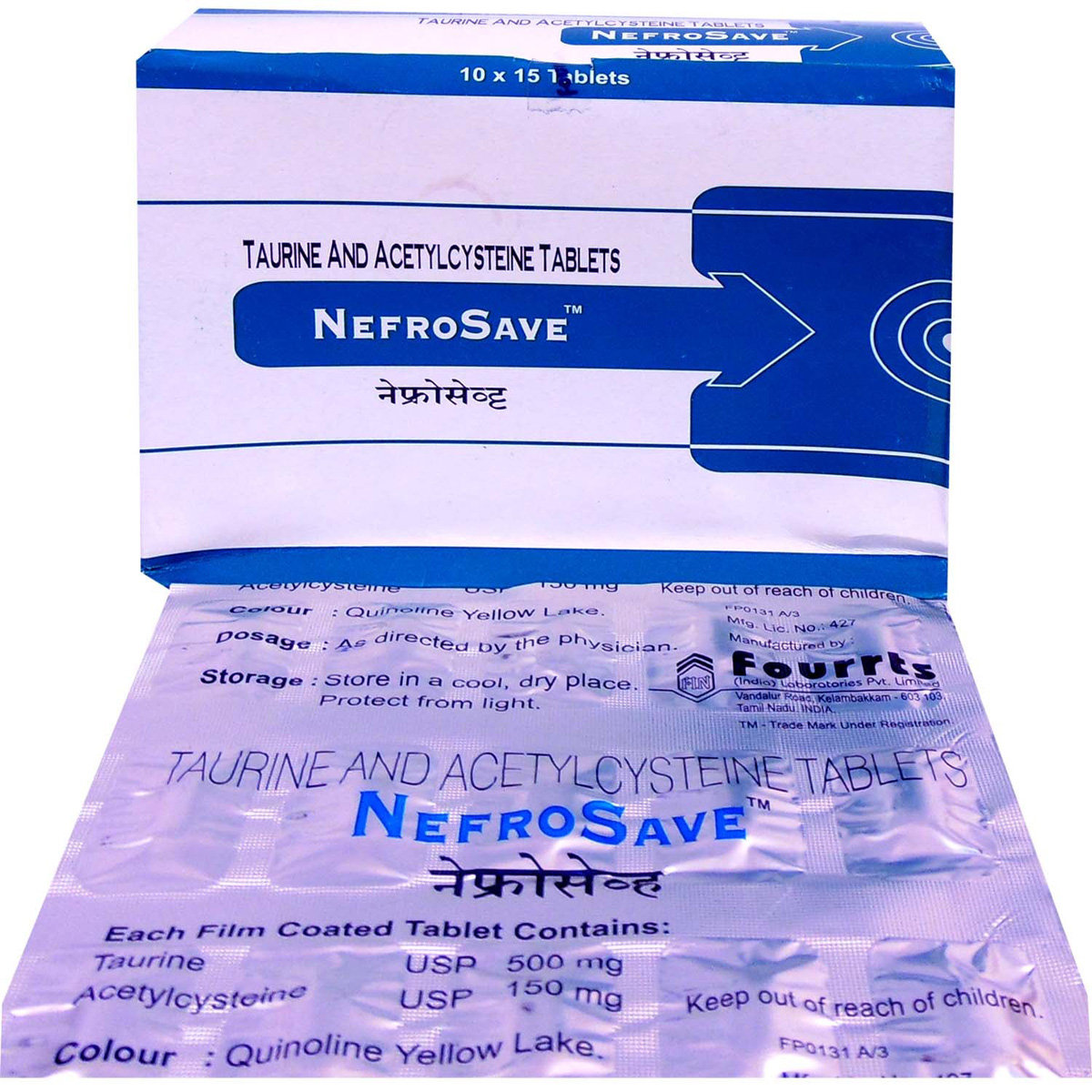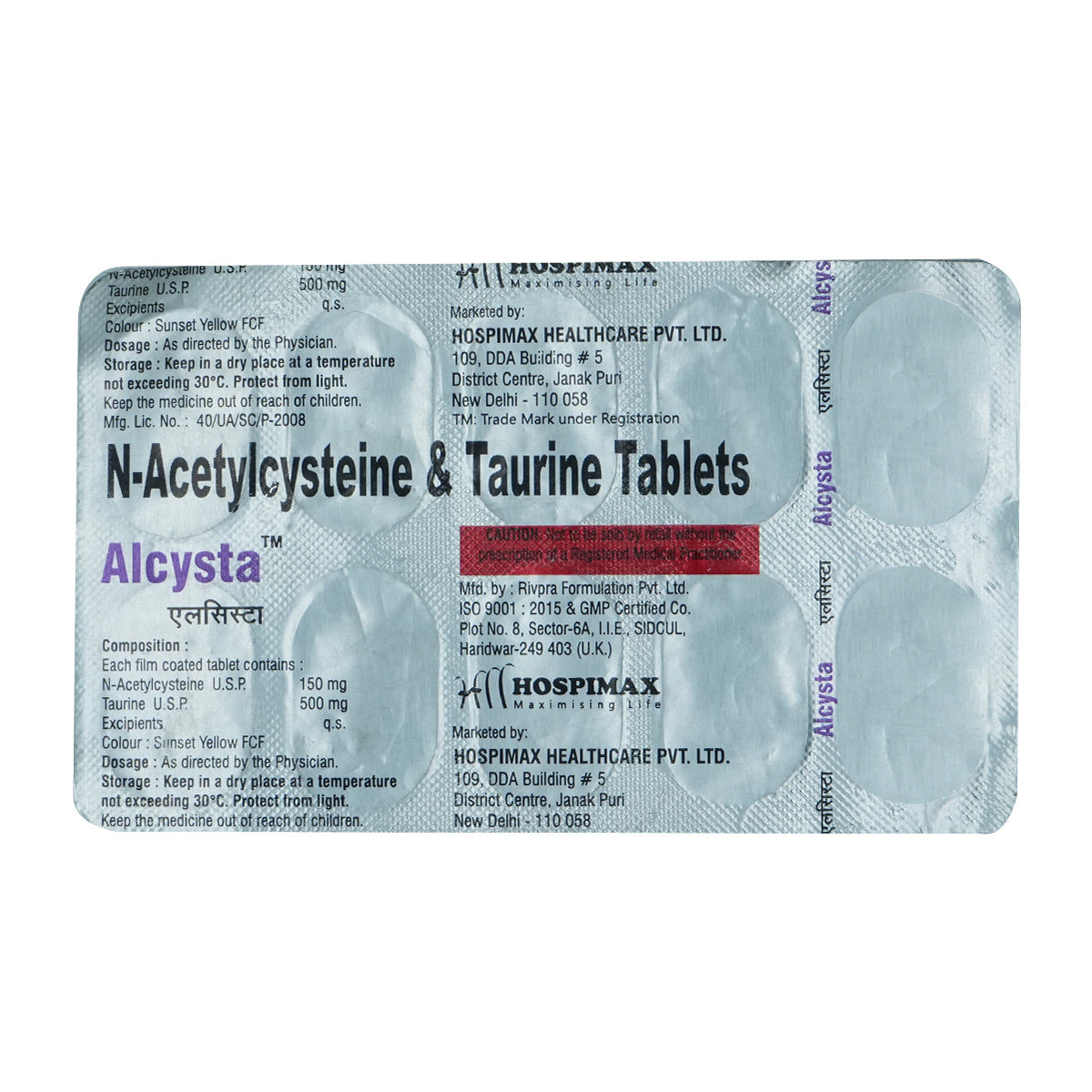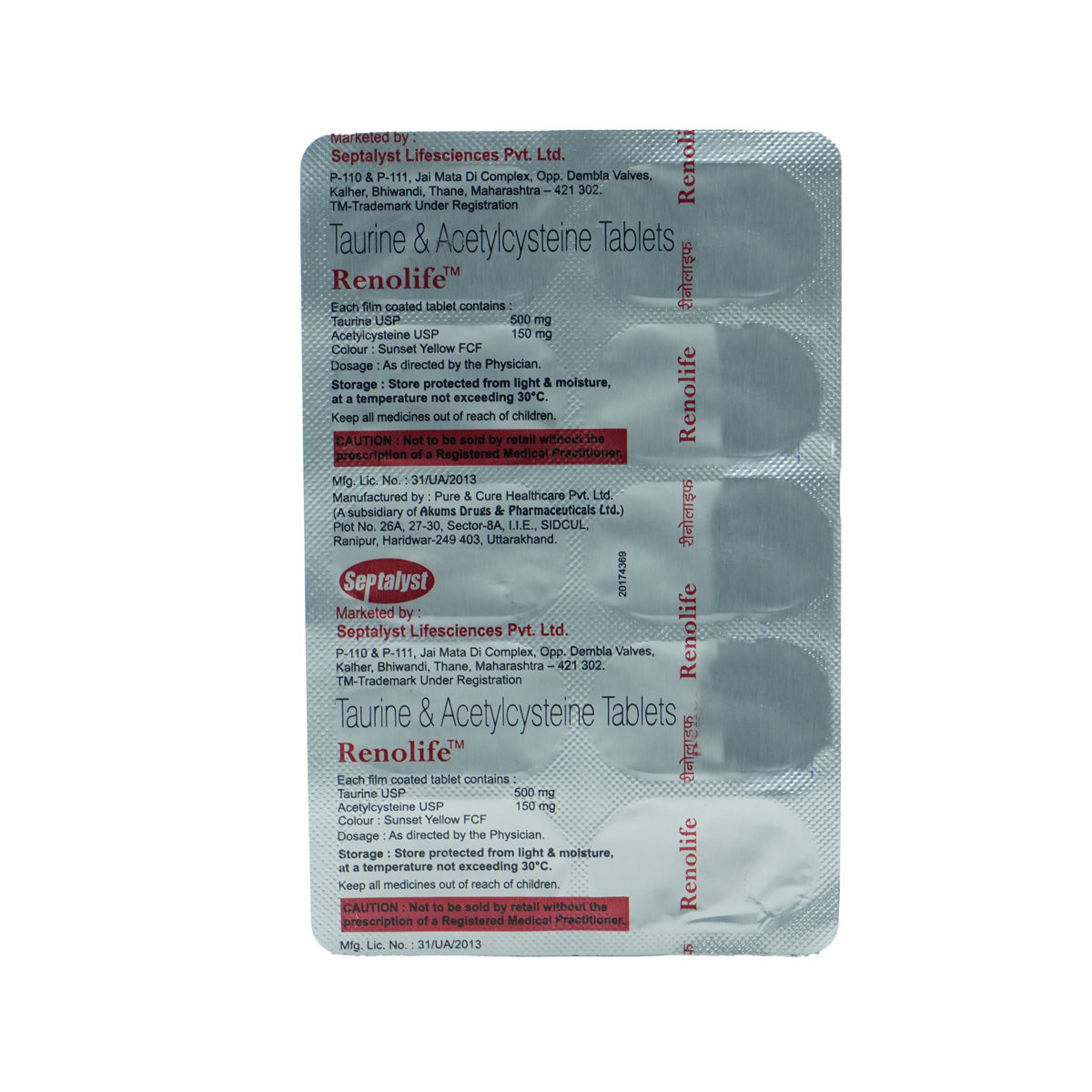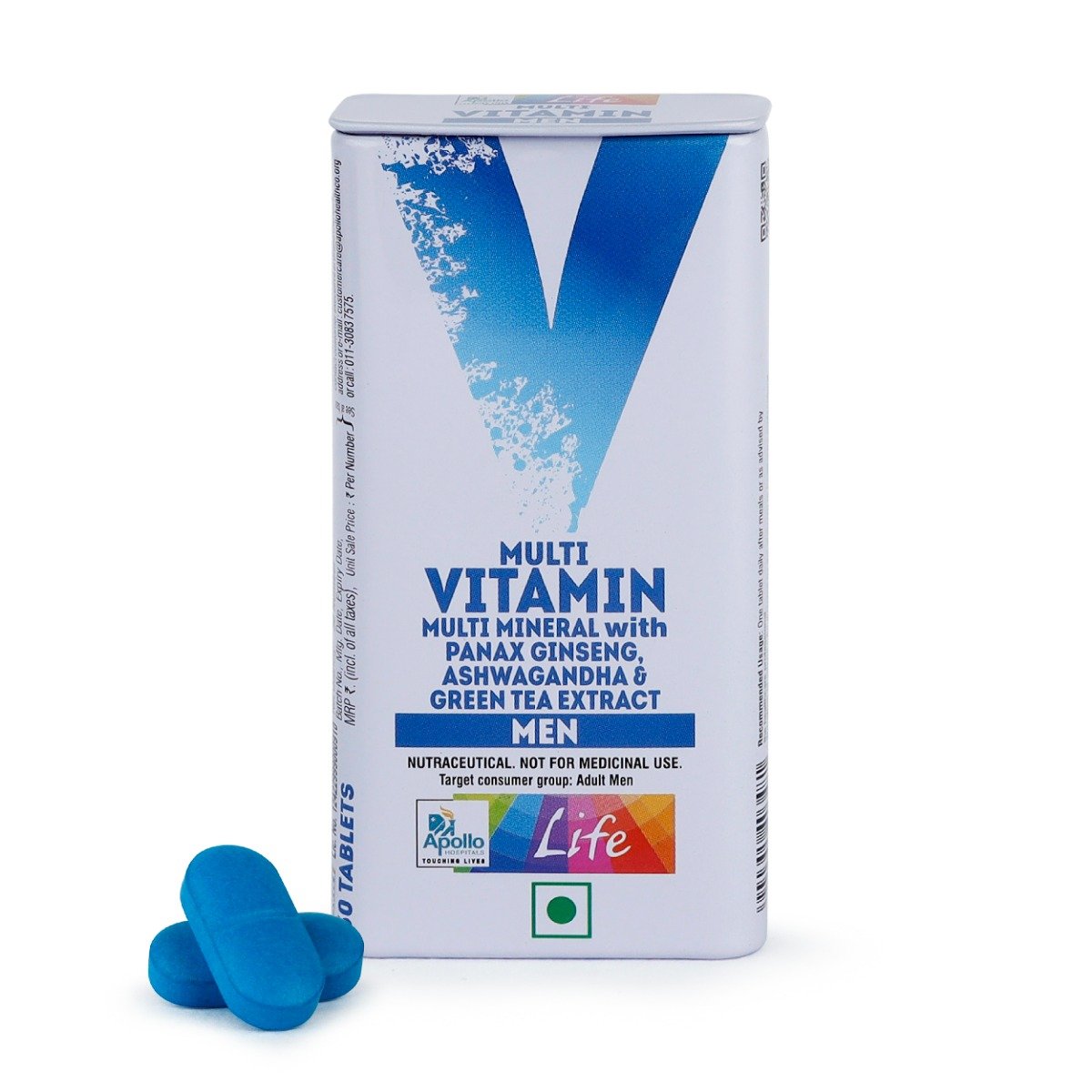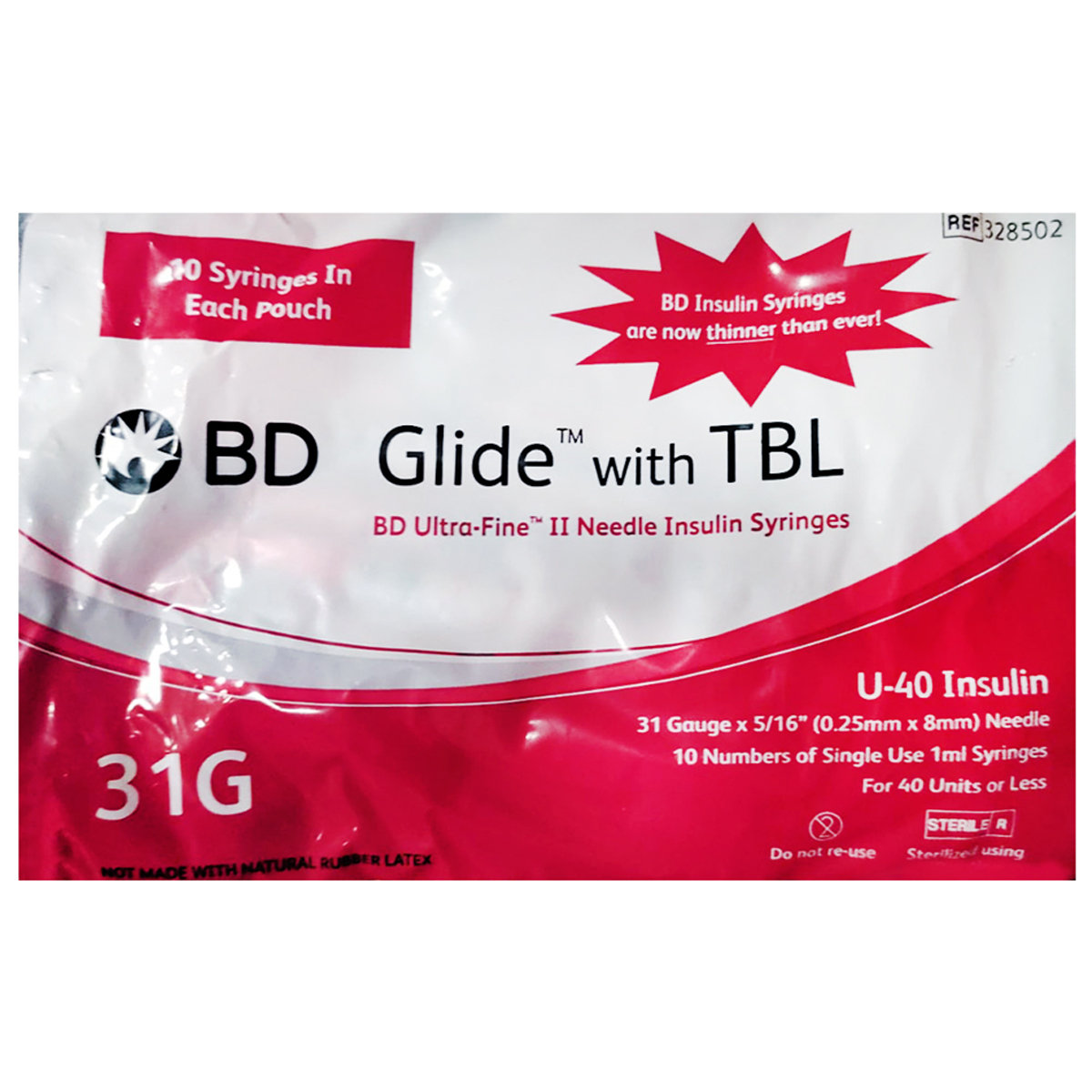Lupinac Tablet
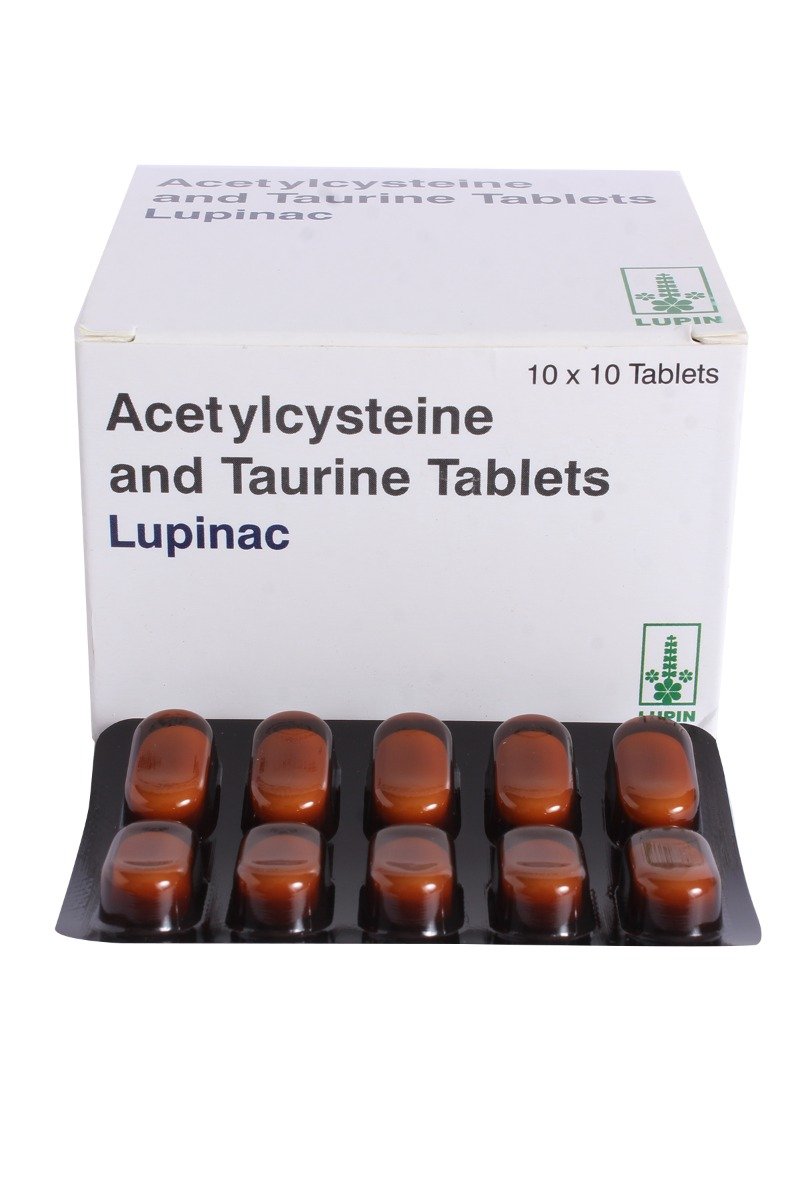
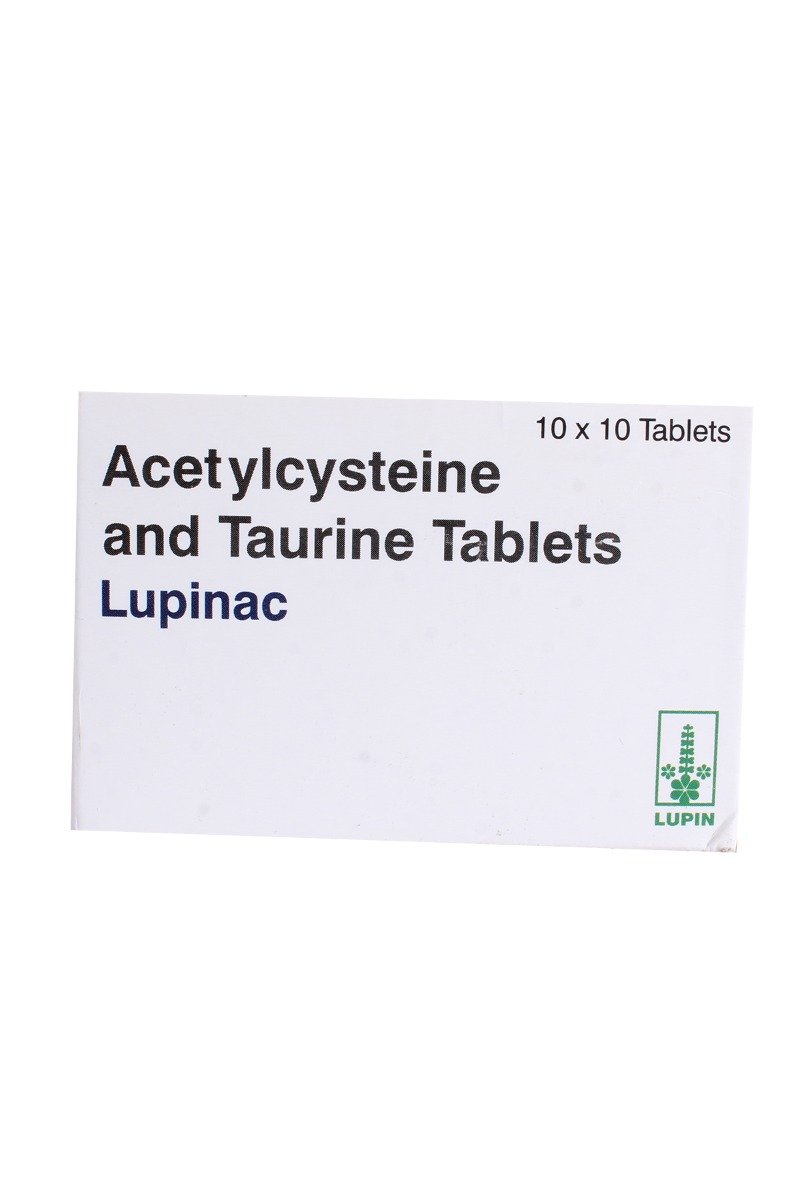
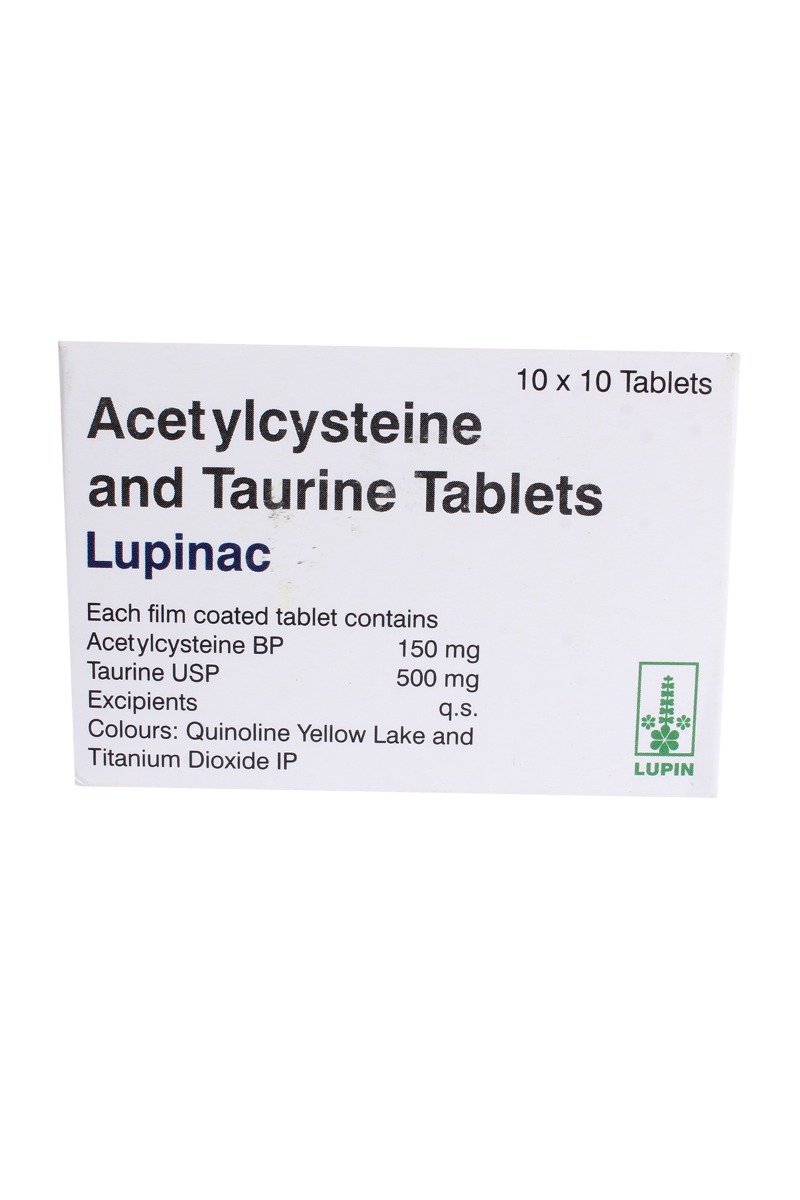
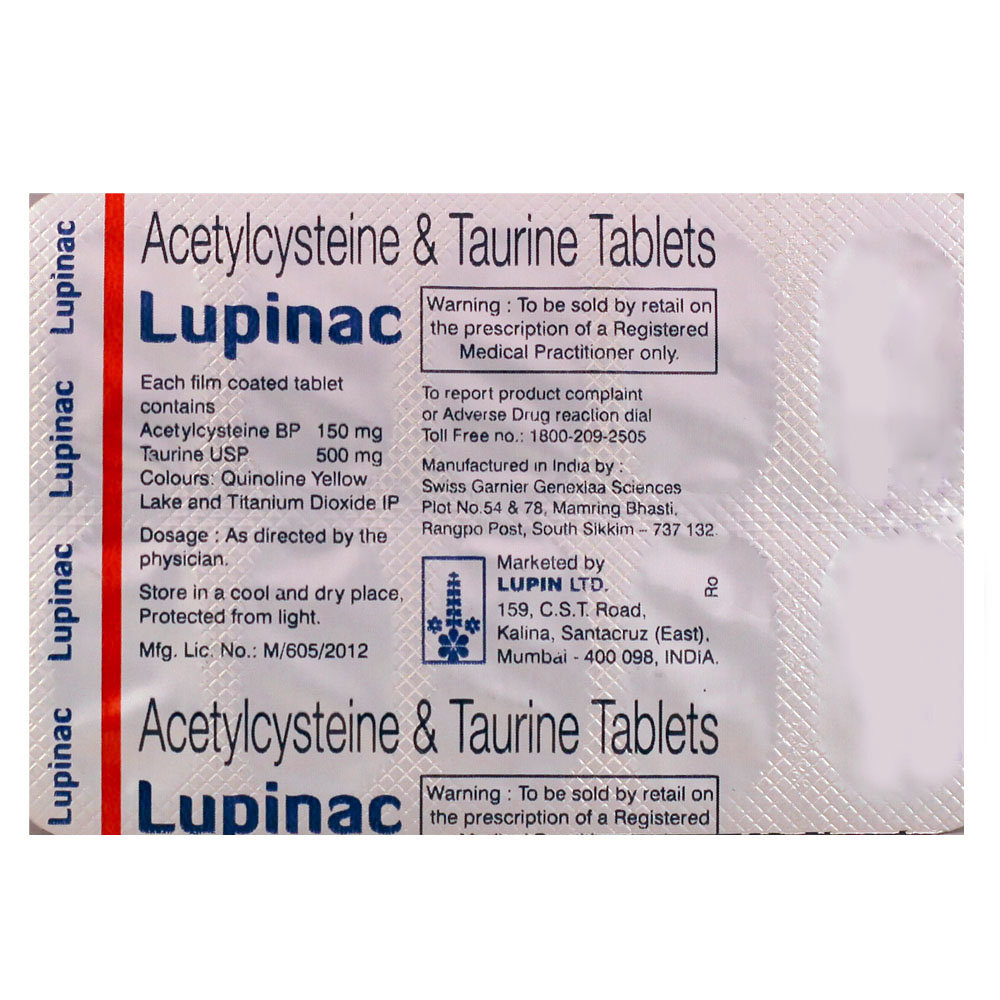
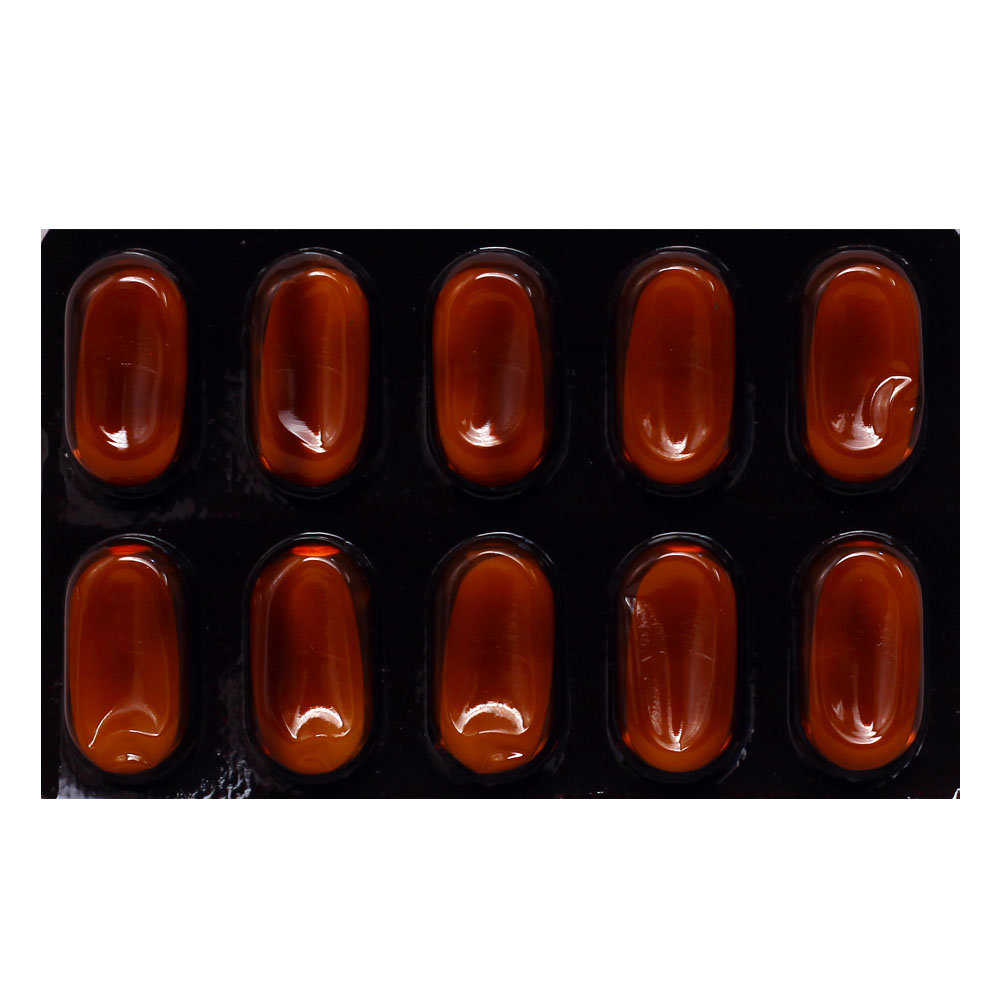
MRP ₹183.5
(Inclusive of all Taxes)
₹27.5 Cashback (15%)
know your delivery time
Provide Delivery Location
Composition :
Manufacturer/Marketer :
Consume Type :
Expires on or after :
Return Policy :

Secure Payment

Trusted by 8 Crore Indians

Genuine Products
Therapeutic Class
Country of origin
Manufacturer/Marketer address
Disclaimer
Alcohol
Safe if prescribed
Consumption of alcohol may worsen your health condition.
Pregnancy
Consult your doctor
Lupinac Tablet is a category B medicine. It should be used with caution in pregnant women. Please consult your doctor. Your doctor will weigh the benefits and any potential risks before prescribing it to you.
Breast Feeding
Consult your doctor
The safe use of Lupinac Tablet in breastfeeding mothers has not yet been established. So, it should be used in breastfeeding women only when prescribed by a doctor.
Driving
Safe if prescribed
Lupinac Tablet may not affect your ability to drive.
Liver
Consult your doctor
Lupinac Tablet to be taken with caution, especially if you have a history of liver diseases/conditions. The dose may have to be adjusted by your doctor.
Kidney
Consult your doctor
Lupinac Tablet to be taken with caution, especially if you have a history of Kidney diseases/conditions. The dose may have to be adjusted by your doctor.
Children
Safe if prescribed
Lupinac Tablet is not recommended for use in children.
Product Substitutes
About Lupinac Tablet
Lupinac Tablet belongs to the group of medications called ‘anti-diabetic’ used in the treatment of diabetic nephropathy (diabetic kidney disease). Diabetic nephropathy is kidney damage resulting from diabetes. It is a major cause of kidney failure. The kidney damage can be slowed down by controlling the blood glucose levels in patients with diabetes.
Lupinac Tablet is a combination of two medicines: Taurine and Acetylcysteine. Taurine is an amino acid that has antioxidant properties. It can reduce further tissue damage in the kidneys. It can also reduce blood glucose levels. These effects help to control disease progression in diabetic kidney disease. Acetylcysteine is also an antioxidant and can reduce the production of free radicals that cause tissue damage. It also has anti-inflammatory properties. Altogether Lupinac Tablet works by protecting the kidneys from damage by harmful chemicals (free radicals).
It would be best if you took Lupinac Tablet as prescribed by your doctor. The common side-effects of Lupinac Tablet are nausea (feeling sick), vomiting (being sick), and rash. These side-effects are mild and temporary. However, consult your doctor immediately if any of these side-effects persist or get worsen.
Do not take Lupinac Tablet if you are allergic to Taurine, Acetylcysteine, or any other contents present in it. It is not recommended for children under 14 years of age. Before taking Lupinac Tablet , inform your doctor if you have asthma, stomach ulcers, liver, or kidney diseases, and allergic to histamine (in people who are intolerant to foods and drinks containing histamines such as tomatoes, processed foods, or wine). Also, inform your doctor if you are pregnant or breastfeeding.
Uses of Lupinac Tablet
Medicinal Benefits Mweb
Key Benefits
Lupinac Tablet is a combination of two medicines: Taurine and Acetylcysteine. Taurine is an amino acid that has antioxidant properties. It is present in large amounts in the brain, eye, heart, and blood. However, it is supplemented by people who cannot make it. It is used to reduce further tissue damage and control blood glucose levels in diabetic kidney disease patients. Acetylcysteine is also an antioxidant and can reduce the production of free radicals that cause tissue damage. It also has anti-inflammatory properties. Together, Lupinac Tablet can effectively treat and slow down the progression of diabetic nephropathy.
Directions for Use
Side Effects of Lupinac Tablet
- Nausea (feeling sick)
- Vomiting (being sick)
- Rash
Drug Warnings
Lupinac Tablet should be used with caution in patients with decreased lung function (asthma or chronic obstructive pulmonary disease), and stomach ulcers. Lupinac Tablet increases the risk of Steven-Johnson syndrome and Lyell syndrome, characterized by severe skin rashes. So, stop taking this medication and consult your doctor immediately if you notice skin rashes, ulcers in the mouth, throat, nose, or genitals, or conjunctivitis (pink eye), followed by flu-like symptoms such as fever, headache, and body ache.
Drug-Drug Interactions
Drug-Drug Interactions
Login/Sign Up
Drug-Food Interactions
Drug-Food Interactions
Login/Sign Up
Drug-Diseases Interactions
Drug-Diseases Interactions
Login/Sign Up
Drug-Drug Interactions Checker List
- ACTIVATED CHARCOAL
- GENTAMICIN
- STREPTOMYCIN
- TOBRAMYCIN
- AMIKACIN
- PENICILLIN
- TETRACYCLINE
- GLYCERYL TRINITRATE
Habit Forming
Special Advise
Lupinac Tablet may alter blood results when the test for salicylic acid (aspirin) is performed. It may also alter results when tested for the presence of ketones in the urine.
Diet & Lifestyle Advise
- Eat at regular intervals. Do not take the long gap between a meal or snack.
- Monitor your blood sugar level and blood pressure regularly, especially when there are a lot of fluctuations.
- Lose weight gradually to achieve a healthy body mass index (18.5 to 24.9).
- Replace refined carbohydrates containing whole-grain foods and increase intake of fruits and veggies and other fibre-enriched foods.
- Reduce intake of saturated fat (or hidden fats) in food like chips, crisps, pastries, biscuits, and samosas. Choose omega 3 fatty acid-containing oils for daily cooking. You may use palm oil, mustard oil, groundnut oil, rice bran oil, and safflower oil for frying.
- Do not take stress as it may elevate your blood sugar level. You may adopt stress management techniques like mindfulness, yoga, or meditation to control stress-related blood sugar changes.
- Opt for low-fat dairy products (low-fat yoghurt, fat-free milk, and cheese, etc.).
All Substitutes & Brand Comparisons
RX
Kindsave Tablet 10's
Biokindle Lifesciences Pvt Ltd
₹129
(₹11.61 per unit)
29% CHEAPERRX
Soihenz Tablet 10's
La Renon Healthcare Pvt Ltd
₹137
(₹12.33 per unit)
25% CHEAPERRX
Celera-NU Tablet 10's
Celera Healthcare Pvt Ltd
₹138.5
(₹12.47 per unit)
24% CHEAPER

Have a query?
Buy best Genito Urinary products by
Cipla Ltd
Sun Pharmaceutical Industries Ltd
Intas Pharmaceuticals Ltd
Ipca Laboratories Ltd
Leeford Healthcare Ltd
Dr Reddy's Laboratories Ltd
Lupin Ltd
Alkem Laboratories Ltd
Msn Laboratories Pvt Ltd
Zydus Healthcare Ltd
Demorbus India Pvt Ltd
Mankind Pharma Pvt Ltd
Overseas Health Care Pvt Ltd
RPG Life Sciences Ltd
La Renon Healthcare Pvt Ltd
Alembic Pharmaceuticals Ltd
Corona Remedies Pvt Ltd
Macleods Pharmaceuticals Ltd
Aristo Pharmaceuticals Pvt Ltd
Fourrts India Laboratories Pvt Ltd
Tas Med India Pvt Ltd
Micro Labs Ltd
Samarth Life Sciences Pvt Ltd
Zydus Cadila
Emcure Pharmaceuticals Ltd
Hetero Drugs Ltd
Ignyx Pharmaceuticals
Renspur Healthcare Pvt Ltd
Steris Healthcare
Alniche Life Sciences Pvt Ltd
Septalyst Lifesciences Pvt Ltd
Ajanta Pharma Ltd
Elder Pharmaceuticals Ltd
Merynova Life Sciences India Pvt Ltd
Tppl Pharmaceuticals Pvt Ltd
Walter Bushnell
Aar Ess Remedies Pvt Ltd
Knoll Healthcare Pvt Ltd
Lividus Pharmaceuticals Pvt Ltd
Meditrex Pharma
Medrhans Pharmaceuticals Pvt Ltd
Neuten HealthCare
Redmed Medical Services
Talohsty Medmark Pvt Ltd
Zycris Healthcare
East West Pharma India Pvt Ltd
Globus Remedies Ltd
Golden Square Lab Pvt Ltd
Hetero Healthcare Pvt Ltd
Modi Mundipharma Pvt Ltd
Nephurocare Pharma Pvt Ltd
Pfizer Ltd
TTK Healthcare Ltd
Votary Laboratories (India) Ltd
Albus Healthcare Pvt Ltd
Delvin Formulations (P) Ltd
Indoco Remedies Ltd
Intra Life Pvt Ltd
Megma Healthcare Pvt Ltd
Morepen Laboratories Ltd
Qren Life Sciences Pvt Ltd
Steadfast MediShield Pvt Ltd
Unipark Biotech Pvt Ltd
Akumentis Healthcare Ltd
Biokindle Lifesciences Pvt Ltd
Calren Care Lifesciences Pvt Ltd
Chemo Biological Ltd
Chemo Healthcare Pvt Ltd
Euniche Life Sciences
Himeros Pharmaceuticals Pvt Ltd
Hospimax Healthcare Pvt Ltd
Kiosence Health Care Pvt Ltd
Lia Life Sciences Pvt Ltd
Panacea Biotec Ltd
Primus Remedies Pvt Ltd
Rencord Life Sciences Pvt Ltd
Shilpa Medicare Ltd
Stadmed Pvt Ltd
Abbott India Ltd
Ameya Pharmaceuticals & Chemicals Pvt Ltd
Ardent Life Sciences Pvt Ltd
Asterima Pharmaceuticals Pvt Ltd
Astrum Healthcare Pvt Ltd
Cadila Healthcare Ltd
De Renon
Fibovil Pharmaceuticals Pvt Ltd
Koye Pharmaceuticals Pvt Ltd
Linux Laboratories Pvt Ltd
MMC Healthcare Ltd
Neovae Biomedics Pvt Ltd
Olcare Laboratories Pvt Ltd
Oxygen Pharma Care Pvt Ltd
Prevego Healthcare & Research Pvt Ltd
Rene Lifescience
Sanzyme Pvt Ltd
Solis Ortus Remedies Pvt Ltd
Syndicate Life Sciences Pvt Ltd
Tycoon Pharmaceuticals Pvt Ltd
Vasu Organics Pvt Ltd
Walron Health Care Pvt Ltd
Customers Also Bought
Recommended for a 30-day course: 3 Strips


